If you enjoy this, please take two seconds to click the Heart to Like it at the bottom, and ReStack it or Share it. This really helps my work get seen by more people and helps this place grow.
Remember that time, a few years back, when all anyone who had anything to do with health, longevity, or diet was talking about was BLUE ZONES and how we’re all idiots and only those rare and select few places on earth were actually doing it right? Remember how they told us that they’d cracked the longevity code and they were unique in their abilities to live longer, live healthier, avoid disease, have more sex longer into their lives, and outlast us all? Yeah. Me too.
Turns out, the vast majority of all the hype has now officially been debunked, and that all the pundits telling us we had to eat like them, drink wine like them, and avoid certain foods, were pretty much just catastrophically wrong.
Sure, they got plenty wrong, but it does turn out that they are doing one thing in those areas a lot better than the rest of us, and while the science behind the foods they are or are not eating, the wine they are or are not drinking, might be false, the science behind that one area is sound. What is that one thing, you might be asking? Simple:
Community.
After last week’s post in which I spoke at great length about how our thoughtfulness has been automated, how we’re replacing our actual honest effort with AI generated canned-compassion, and how we’re connecting far less often, this little truth nugget hit especially hard. After looking at those 100 photos from the AP’s year in review for 2024, it was the photographs of community that made me feel the most.
Data from studies show that loneliness, in all its sneaky forms, actually increase our chances at early death by over 26%. A lack of community, it turns out, can be killer.
What these “blue zones” are doing right isn’t necessarily on their plates, isn’t filling their fragile stemmed little wine glasses, isn’t about the fish they catch or the sugar they avoid after all. It just might be that the majority of their meals, whatever it is they are eating, are shared. That they aren’t eating alone, more often than not, that they live in close-knit communities in which a simple walk outside their door can lead directly to the door of their friend, and neighbor. That they share cups of tea and long conversations, that they watch sunsets together, that they value time spent united rather than time spent isolated.
Every single one of the five original blue zones, which are Loma Linda, California, Sardinia, Italy, Okinawa, Japan, Ikaria, Greece, and Nicoya Peninsula, Costa Rica, all do share the unique trait that they are communities that value social connection at a level much higher than the statistical average. This valuation, this close connection, has benefits that extend into almost every aspect of a more positive and healthier life. They show lower levels of stress and anxiety, they exhibit far lower levels of loneliness, which again, studies have shown directly contributes to oxidative stress and inflammation, and the community aspect directly benefits everyone, in every different age group.
Most prominently, however, are the benefits of the aging population. Western tradition is increasingly skewing towards the radical isolation of our aging population. We get old, we get shuffled off into a nursing home, we get visited once or twice a month, and everyone (but us) feels like they are doing a great job. I get it, we’re busy, but as my essay last week said, that’s the minimum, and the minimum, it turns out, might be helping shuffle off these mortal coils even earlier than we thought.
Raise your hand if you’ve ever sat around a table with your best friends, and done that thing where you fantasize about “one day” all moving into some far-off place, building a weird little commune of houses close together with a shared garden or swimming pool or movie theater or something at the center of it all, and live out the rest of your days doing nothing but hanging out with the people you value the most? I know we’ve done it, many times. I know we’ve sketched out the ways our houses will all aim at the sea, and that we’ll be a short walk away from anyone we could ever wish to share hours with.
This is what those blue zones have, already. Open up your door, wander out, and chances are good you’ll run right into someone you adore. Whereas now, we’re all so segregated from our neighbors, we lock our doors to the outside world, there, they celebrate the shared nature of a simple life. They waltz inside each others homes, they surprise visit and share a mug of hot tea, they catch up daily about the smallest of details, and they feel connected to something bigger than themselves.
This, is medicine. Community, is medicine.
Thing is, while we might not have previously had access to the other (apparently B.S.) things the blue zoners were doing to stay alive longer, we might not have the fish they catch, the wine they drank, the overall weather they enjoyed, we can emulate this. We can foster community, and we can value it like they do. We can embrace the medicine that is each other, and we can take it daily.
Sure the effort might be a bit higher, sure the cost a bit greater, but if we wish to enjoy their benefits, we might have to adopt their customs.
I know we’ve seen it, and I know that living where we do, at the foot of a mountain in a small town in the Northern tundra/wasteland that is Montana in winter, Sarah and I have felt the lack when we don’t have it. The further away we feel from those we love, the more that loneliness creeps in, the more that fatigue, that anxiety, that malaise, seems to grow. We do something connected, and like magic, we come back to life.
This is the way of things, and this is the lifestyle we’re going to be aiming right at.
All the rest has been debunked, all the other data proven false, but not this. Not this.
Only together can we live longer, happier, better lives. Only together.



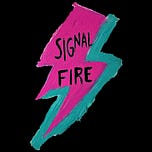

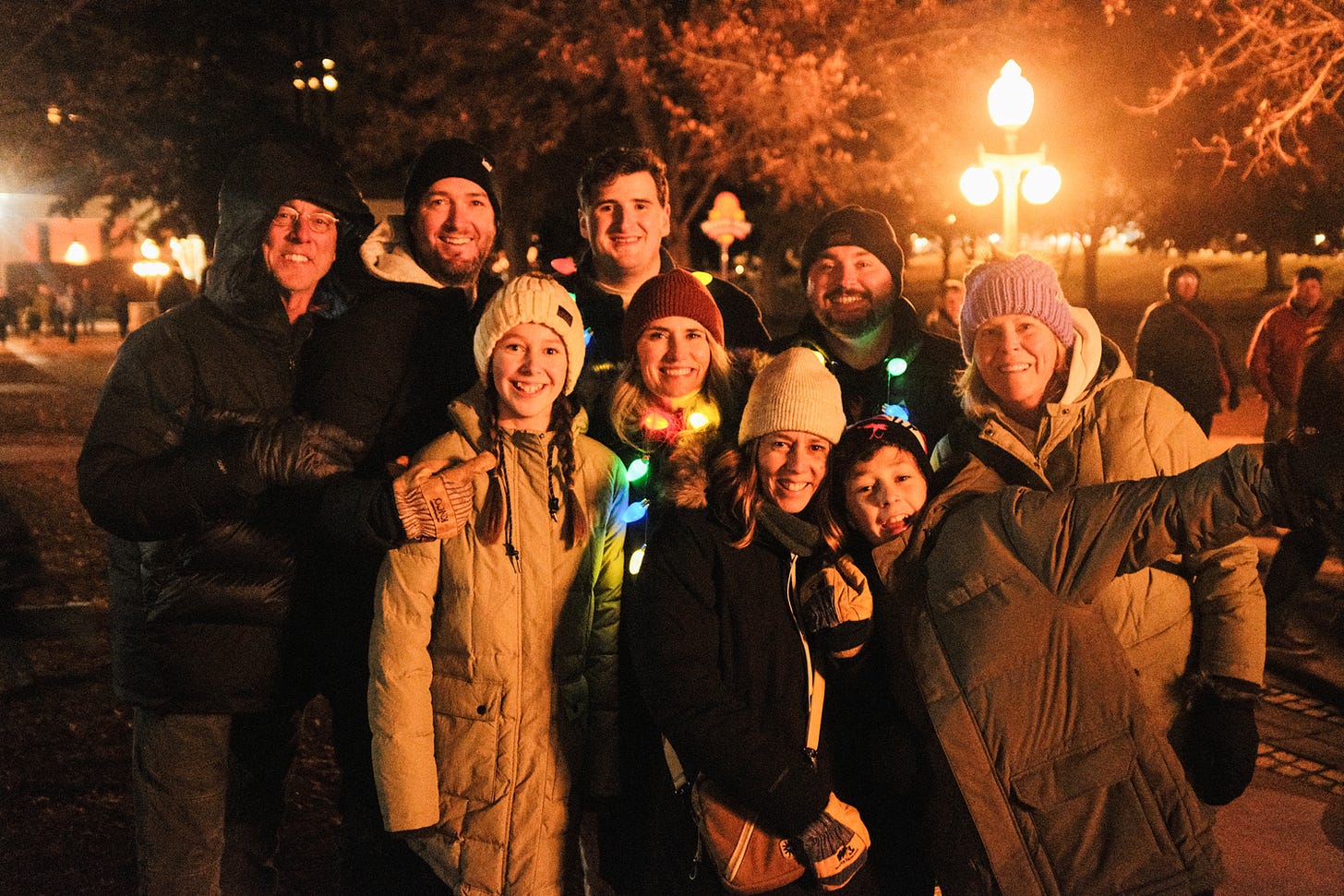
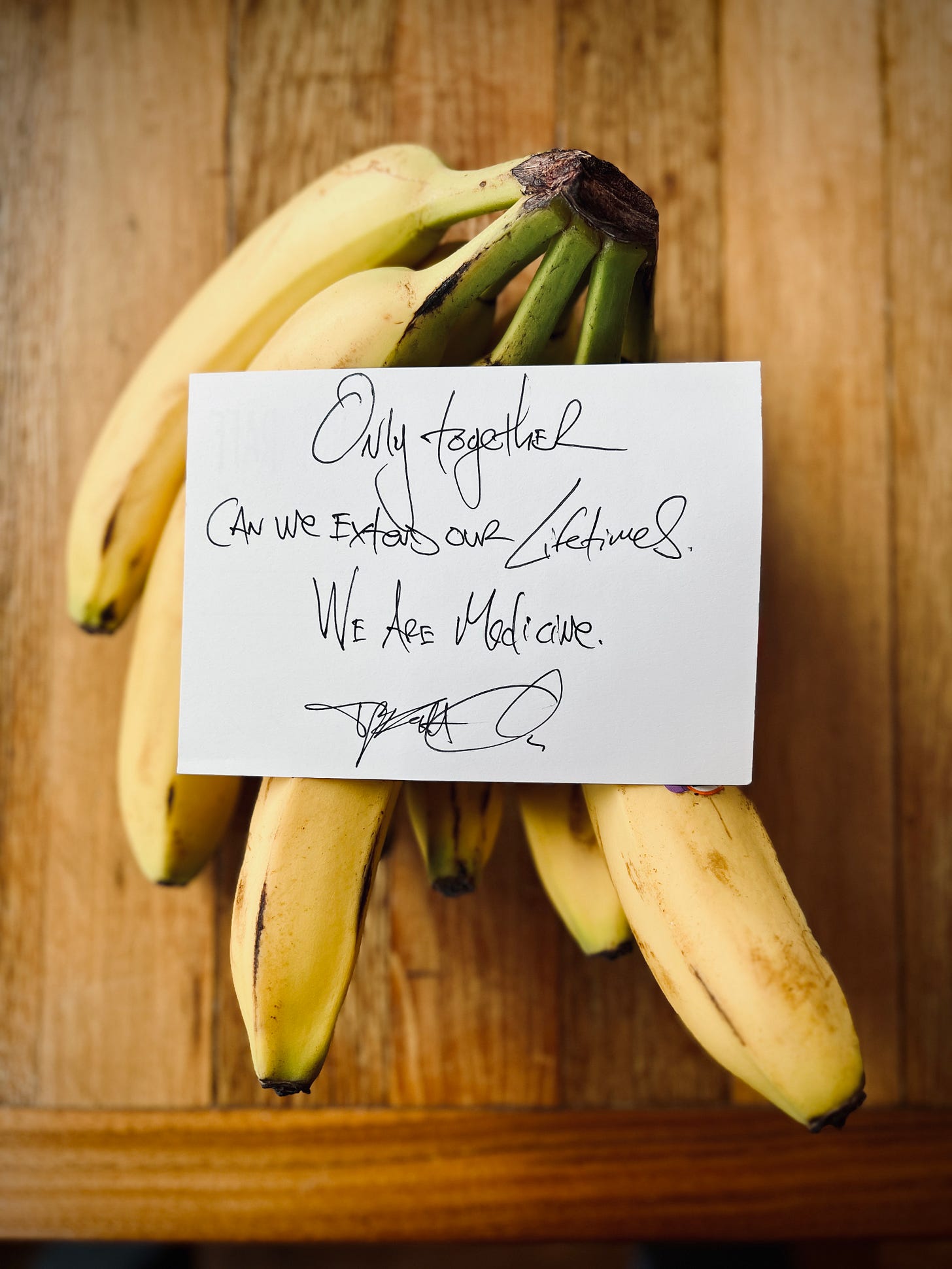


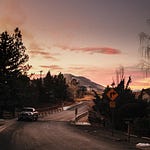
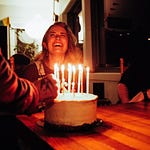
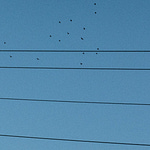



Share this post